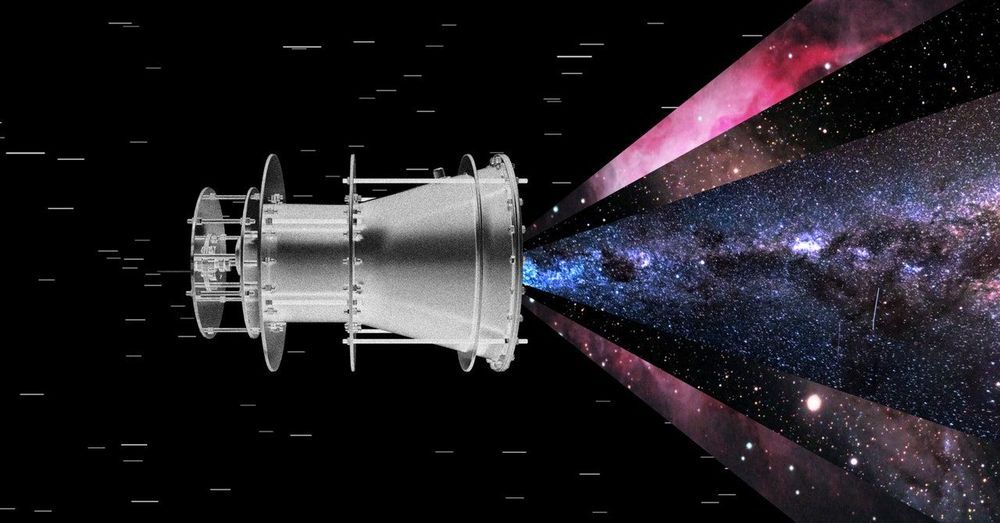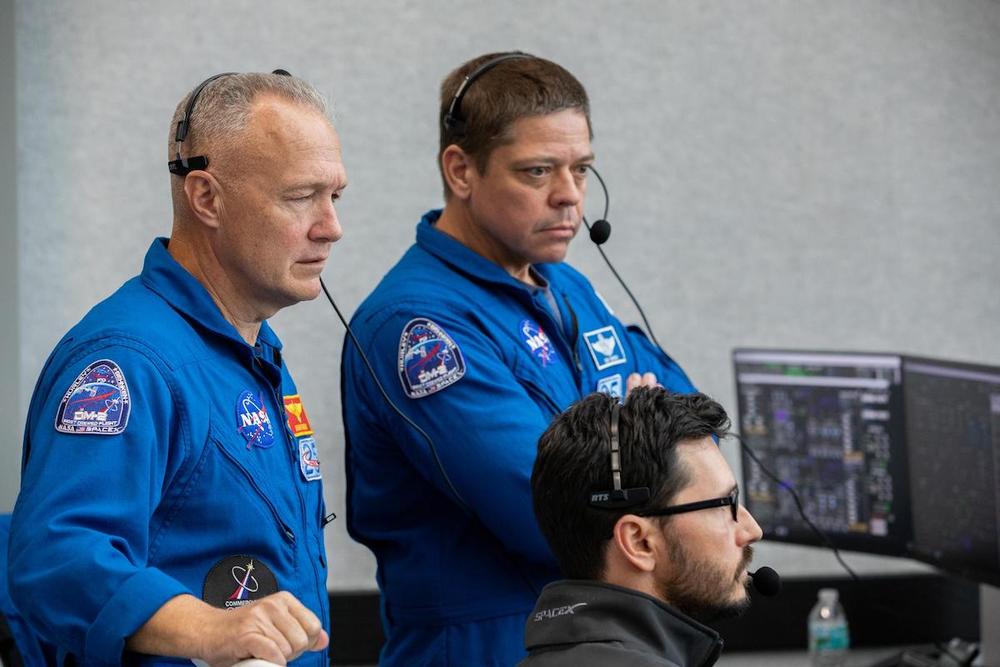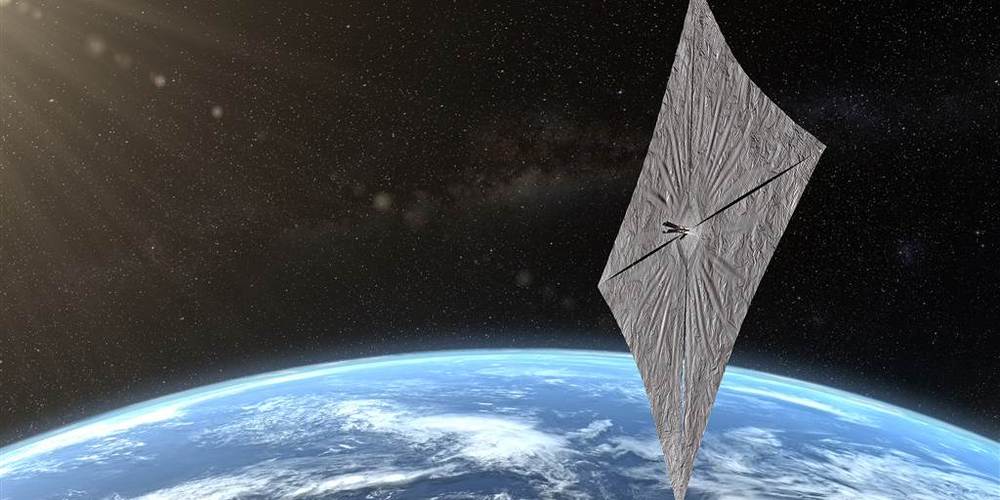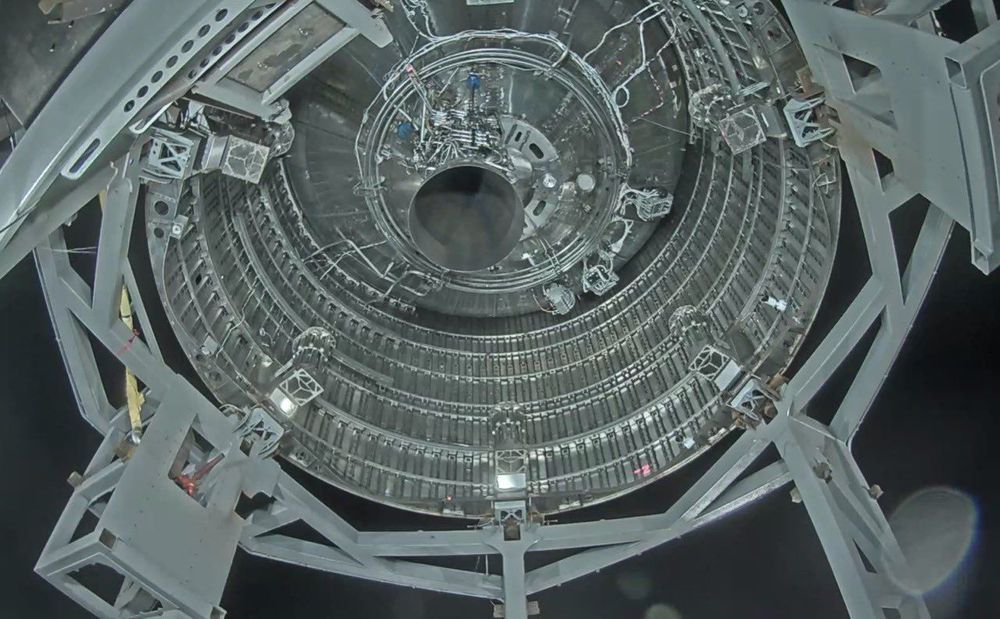Harold White left NASA in December to join a new nonprofit focused on building the technologies to bring humans to the outer solar system and beyond.


#MayTheFourthBeWithYou!
Perhaps they have what it takes to face the First Order, but do Kelly Marie Tran and Naomi Ackie have what it takes to train like astronauts?
The Star Wars duo spent the day at Johnson Space Center training like astronauts and learning about NASA’s plans to explore the Moon with the new #Artemis program, which includes landing the first woman and next man on the lunar surface by 2024. Follow Tran and Ackie – used to traveling through galaxies far, far away – through their training with NASA Astronauts Megan McArthur and Jessica Watkins!

NASA astronauts Bob Behnken and Doug Hurley completed their final training sessions in Houston this week before their scheduled May 27 liftoff on a SpaceX Dragon spacecraft from the Kennedy Space Center, the first launch of humans from the Florida spaceport since 2011.
The two veteran space fliers participated in their final full-up launch simulation Monday, strapping into a Dragon simulator at the Johnson Space Center in Houston and tying in with SpaceX and NASA teams at the Kennedy Space Center in Florida and at SpaceX headquarters in Hawthorne, California.
Behnken tweeted Thursday that the crew’s formal training activities were complete. The astronauts were expected to have a few days of off-duty time before preparing to travel from their home base in Houston to the Kennedy Space Center on May 20.




A real astronaut leads the tour of a fictional moon base packed with references to real-life space history in a newly-released video by Apple.
Former NASA astronaut Garrett Reisman, who logged more than 90 of his 107 days in space on board the International Space Station, hosts the virtual tour of Jamestown moon base, or rather the set for such, that was featured in the first season of the alternate Apollo history drama “For All Mankind.” Reisman, who also worked for and now serves as a senior advisor to SpaceX, was a technical consultant for the Apple TV+ series, which was created and written by Ronald D. Moore (“Star Trek,” “Battlestar Galactica”).
“Mankind has always been fascinated by the moon and traveling there was one of humanity’s greatest achievements. But what if landing on the moon was just a beginning?” says Reisman as the four-and-a-half-minute video begins. “Welcome to Jamestown, 1974.”

Viruses are likely to be widespread across the cosmos, says expert. The good news is that most if not all are unlikely to pose threats to space-faring humans.
As this wretched COVID-19 disease has so acutely demonstrated, we live in an ecological duopoly of predator versus prey. Nothing about this set-up is going to change. At least a part of this microbial world is going to continue to wreak havoc on humans anytime it can.
Thus, in our current quest to move off-world, first to the Moon and Mars, then even further afield what are the chances that any given exo-earth will also harbor microbes that will be lethal to other living organisms? In other words, will this predator versus prey dynamic play out on a grand cosmic scale?
Most if not all ecosystems on Earth depend on some life forms feeding on other life forms for energy or other nutrients. I don’t see any reason that this would not be similar on exoplanets that harbor life, Ken Stedman, a virologist at Portland State University in Oregon, told me.
Circa 2019
Special Relativity. It’s been the bane of space explorers, futurists and science fiction authors since Albert Einstein first proposed it in 1905. For those of us who dream of humans one-day becoming an interstellar species, this scientific fact is like a wet blanket.
Luckily, there are a few theoretical concepts that have been proposed that indicate that Faster-Than-Light (FTL) travel might still be possible someday.
A popular example is the idea of a wormhole: a speculative structure that links two distant points in space time that would enable interstellar space travel.
